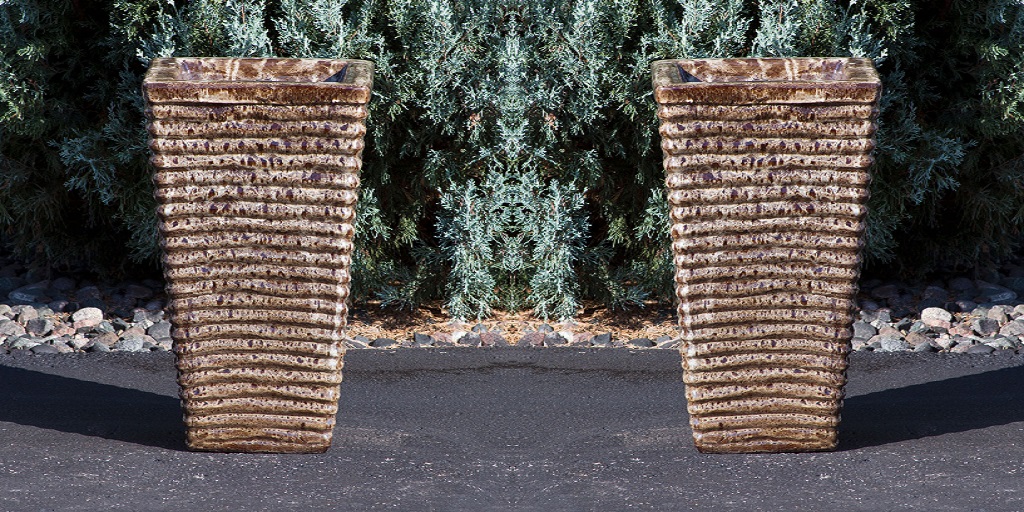Termites are often referred to as “silent destroyers” because they can cause significant damage to homes and buildings before the signs of an infestation are detected. If you suspect termite activity or have already experienced termite damage, understanding how to repair the damage and prevent future infestations is crucial. This guide will explore the various aspects of termite damage repair, including identification, repair techniques, costs, and preventive measures. Visit My GMB : https://maps.app.goo.gl/FGQEd3w2Q1KB1LXr9
Understanding Termites
Before diving into repair methods, it’s essential to understand what termites are and how they operate. Termites are wood-destroying insects that thrive in warm, humid environments. They feed on cellulose, a component found in wood, paper, and other plant materials. The most common types of termites include:
Subterranean Termites: These termites live underground and often build mud tubes to reach their food sources.
Drywood Termites: They infest dry wood and do not require contact with the soil. They can be found in attics and structural wood.
Dampwood Termites: These termites are typically found in decaying wood and prefer moist environments.
Understanding the type of termite infesting your home can aid in selecting the right repair and prevention methods.
Identifying Termite Damage
Recognizing the signs of termite damage is the first step in addressing the issue. Common indicators of termite damage include:
Mud Tubes: Subterranean termites build mud tubes for protection while traveling between their nest and food source. These tubes can be found along foundations, walls, and beams.
Hollow-Sounding Wood: Knocking on wood surfaces may produce a hollow sound, indicating internal damage.
Frass (Termite Droppings): Termite droppings resemble sawdust or tiny pellets and can be found near infested areas.
Swarmers: Termite swarmers are winged adults that leave the nest to establish new colonies. Finding discarded wings is a sign of an infestation.
Visible Damage: Cracked or distorted wood surfaces may indicate termite activity.
If you observe any of these signs, it’s crucial to conduct further inspection and seek professional help if necessary.
Assessing the Damage
Once termite damage is suspected, a thorough assessment is necessary to determine the extent of the damage. This process typically involves:
Visual Inspection: A qualified professional or homeowner inspects the property, looking for signs of infestation and damage.
Damage Evaluation: Assessing the severity of the damage is essential for determining the necessary repair methods. This may involve checking load-bearing beams, joists, and structural integrity.
Moisture Levels: Termites are attracted to moisture, so checking for water damage or leaks is crucial. Addressing these issues can help prevent future infestations.
Repairing Termite Damage
The methods for repairing termite damage depend on the extent of the damage and the type of material affected. Here are some common repair techniques:
Minor Damage Repair
If the damage is limited to surface areas or non-structural components, repairs can be relatively straightforward:
Patching Holes: For small holes and minor surface damage, you can use wood filler or epoxy to patch the affected area. Ensure the area is clean and dry before applying the filler.
Reinforcing Wood: In cases where the integrity of the wood is compromised but still salvageable, you can reinforce the area with wooden braces or screws. This approach can provide additional support without the need for complete replacement.
Moderate Damage Repair
If the damage is more extensive but does not compromise structural integrity, consider these methods:
Replacing Sections: Cut out the damaged sections of wood and replace them with new wood. Ensure that the replacement wood is treated with preservatives to resist future infestations.
Reinforcement with Steel Plates: For beams or joists that are slightly compromised, installing steel plates can help reinforce the structure. This method is often used in commercial buildings.
Severe Damage Repair
Severe damage, particularly to load-bearing structures, may require professional intervention:
Full Replacement: If the damage has compromised the structural integrity of beams, joists, or walls, complete replacement may be necessary. This involves removing the damaged sections and replacing them with new, treated wood.
Foundation Repair: In cases where termites have damaged the foundation or critical structural elements, it may be necessary to consult with a structural engineer to assess the situation and provide appropriate solutions.
Professional Termite Damage Repair Services
In many cases, it’s advisable to hire a professional for termite damage repairs, especially when structural elements are involved. Professional pest control services can also provide treatment options to eliminate any remaining termites and prevent future infestations.
Choosing a Professional
When selecting a termite damage repair professional, consider the following:
Experience and Qualifications: Look for companies with experience in termite damage repair and licensed pest control professionals.
References and Reviews: Check online reviews and ask for references from previous clients to gauge the quality of work.
Comprehensive Inspection: A good professional will conduct a thorough inspection of your property before providing a quote.
Warranty and Guarantees: Ensure the company offers warranties for their work and treatments, providing you with peace of mind.
Cost of Termite Damage Repair
The cost of repairing termite damage can vary widely depending on several factors, including:
Extent of Damage: Minor repairs will naturally be less expensive than extensive structural repairs.
Type of Wood: The cost of replacement wood can vary depending on the type and quality. Treated wood will typically be more expensive but necessary for prevention.
Labor Costs: Hiring a professional will add to the overall cost. Rates can vary based on the location and the complexity of the repairs.
Geographic Location: Costs may differ significantly based on the region and local market rates.
On average, homeowners may spend anywhere from a few hundred to several thousand dollars on termite damage repairs. It’s advisable to obtain multiple quotes from professionals to ensure you receive a fair price.
Preventing Future Termite Infestations
Prevention is key to avoiding costly repairs in the future. Here are some effective strategies for preventing termite infestations:
Moisture Control
Since termites are attracted to moisture, it’s crucial to eliminate sources of water around your home:
Fix Leaks: Repair any plumbing leaks and ensure that gutters and downspouts direct water away from your foundation.
Maintain Drainage: Ensure proper grading around your home to prevent water pooling near the foundation.
Proper Ventilation
Ensure that your home has adequate ventilation, particularly in crawl spaces and attics, to reduce humidity levels. Install vents or use dehumidifiers in damp areas.
Regular Inspections
Conduct regular inspections of your home for signs of termites, especially in areas prone to infestations. Early detection can save you money and hassle in the long run.
Wood Treatment
Use pressure-treated wood for any new construction or repairs. This wood is infused with chemicals that repel termites.
Barrier Methods
Consider installing physical barriers, such as metal mesh or sand barriers, during construction to deter termites from accessing your home.
Professional Treatments
Schedule regular pest control treatments, especially if you live in an area prone to termite infestations. Preventive treatments can be highly effective in keeping termites at bay.
Conclusion
Termite damage repair is a critical aspect of home maintenance that can save homeowners significant time and money in the long run. By understanding the signs of termite damage, assessing the extent of the damage, and utilizing appropriate repair techniques, you can restore the structural integrity of your home. Moreover, implementing preventive measures can help you avoid future infestations. If in doubt, don’t hesitate to consult with a professional pest control service to ensure your home remains safe and secure from these destructive pests.




